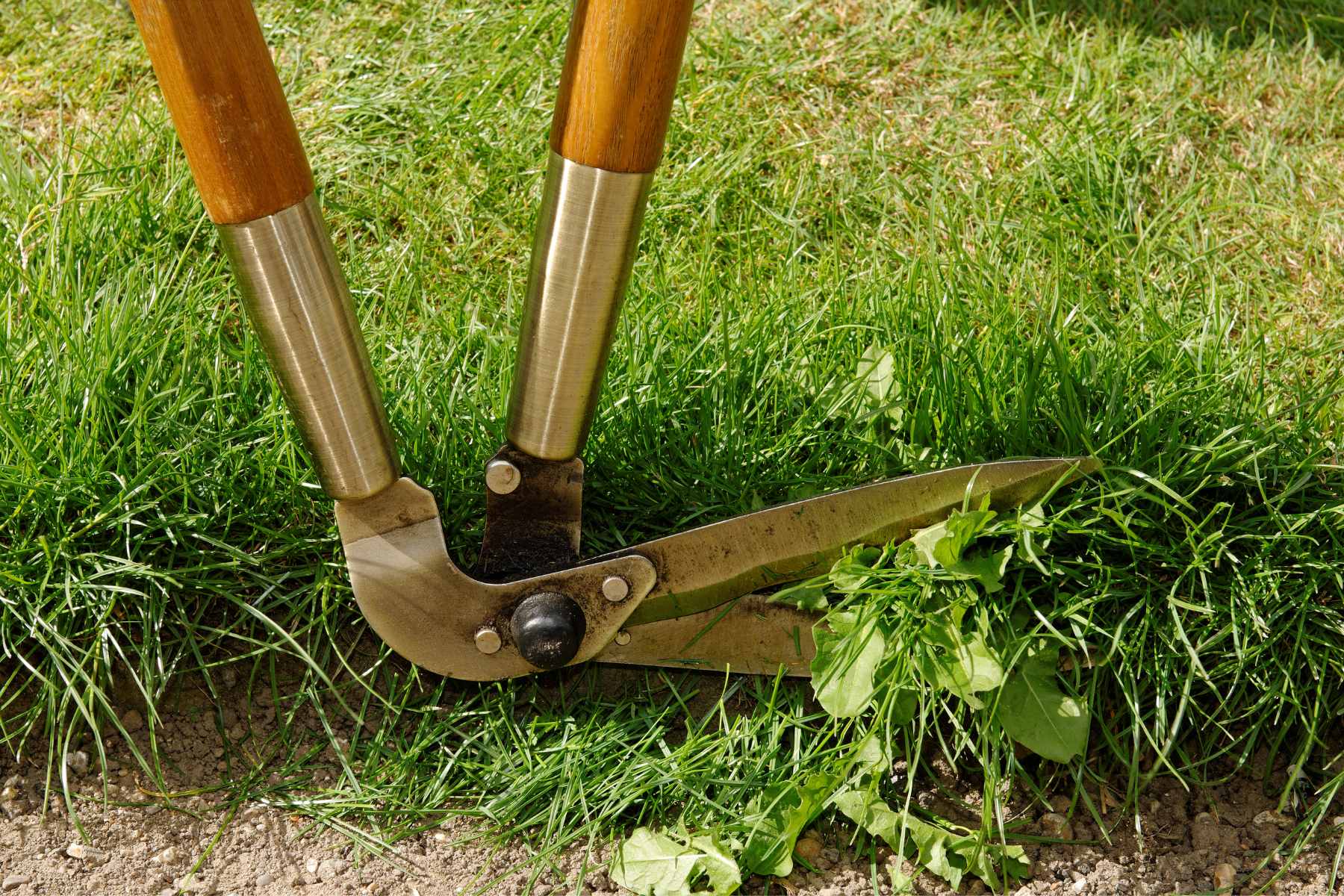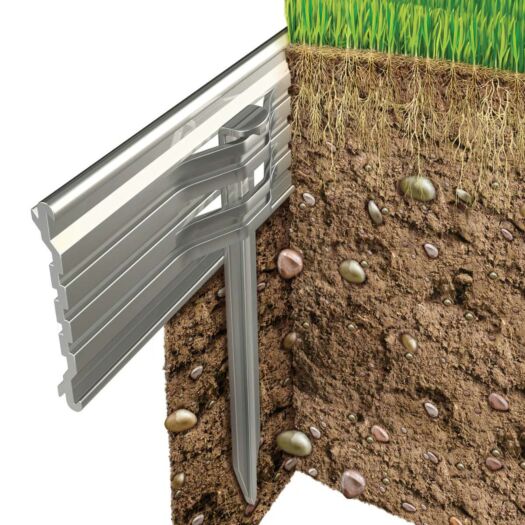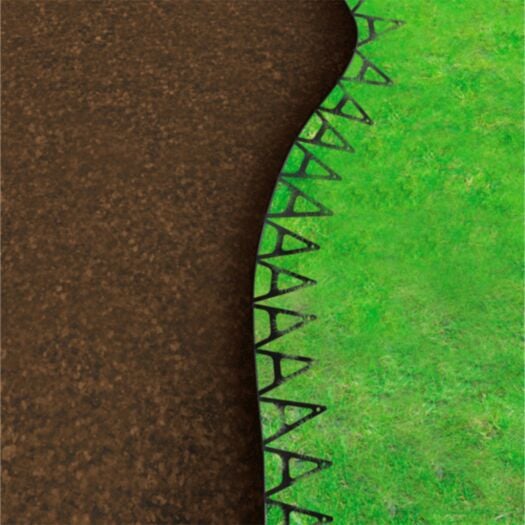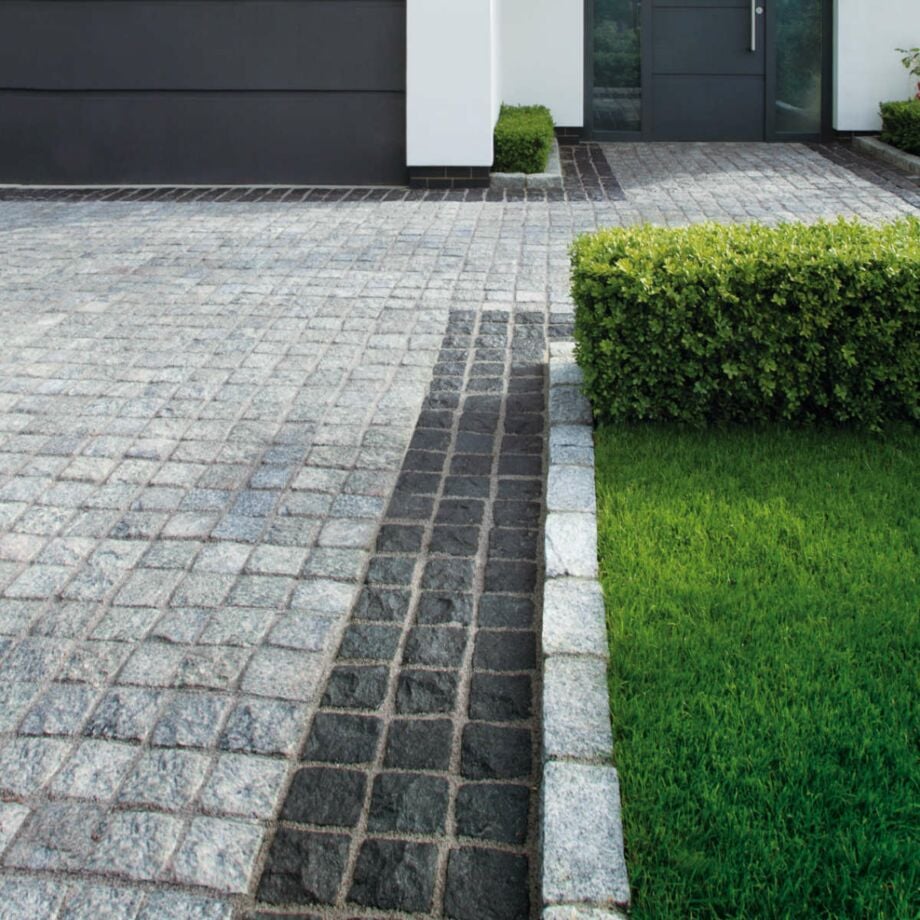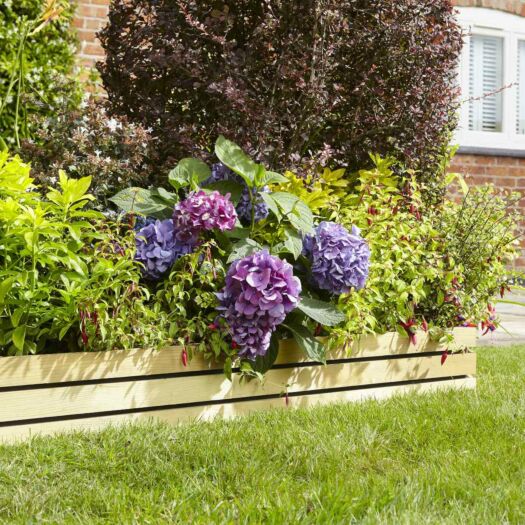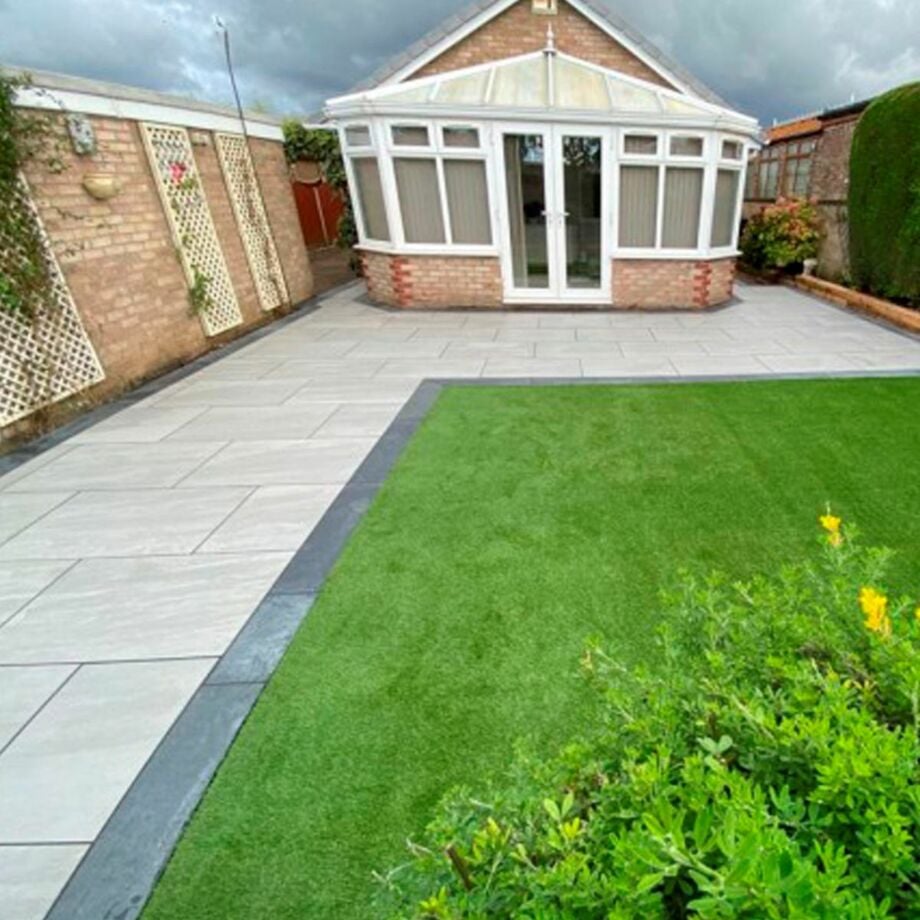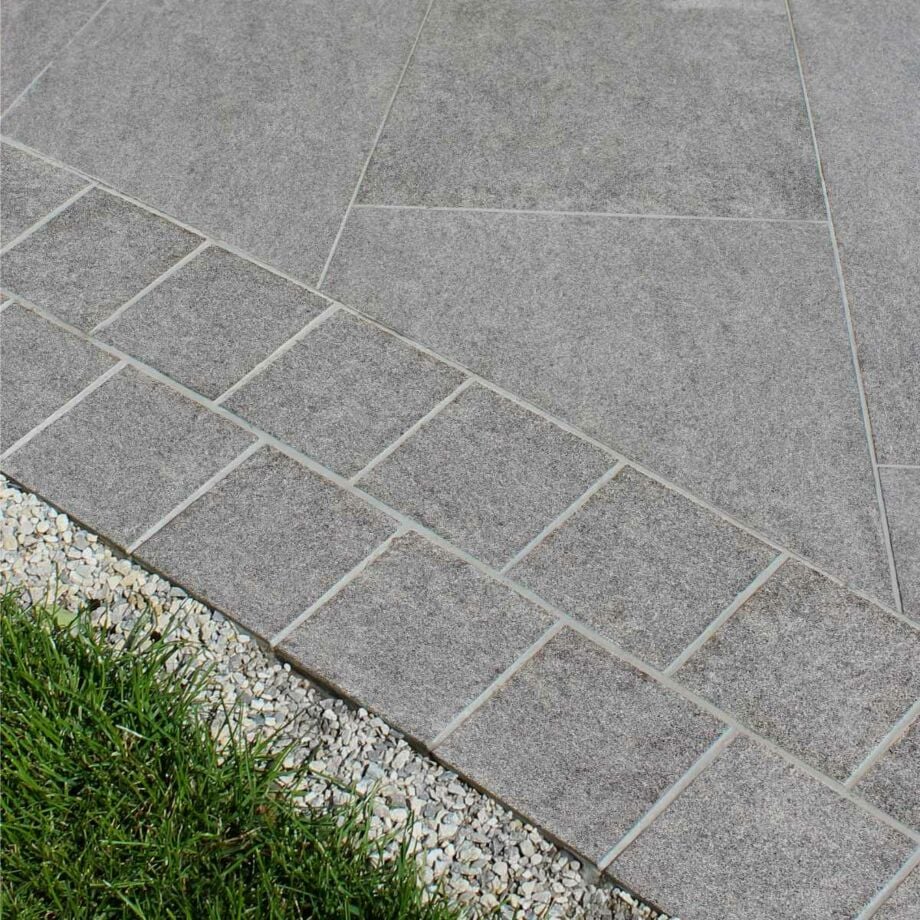
A well-maintained lawn is the hallmark of a picturesque garden. While mowing, watering, and fertilising are common practices to achieve a lush lawn, one aspect often overlooked is lawn edging. Edging not only serves an aesthetic purpose by giving your lawn a polished and organised look, but it also serves functional benefits that contribute to the overall health of your garden. In this article, we'll delve into why lawn edging is important, the issues that can arise from neglecting it, the various edging options available, and how to install them effectively.
Why Edging Matters: The Benefits
Edging, simply put, is the process of creating a distinct separation between your lawn and other landscape features, such as flower beds and walkways. This separation provides several key benefits:
-
Visual Appeal: Clean and defined edges lend a professional and well-maintained look to your lawn. It enhances the kerb appeal of your property, impressing visitors and potential buyers alike.
-
Weed and Grass Control: Edging acts as a barrier that prevents invasive grasses and weeds from infiltrating your garden beds, reducing the need for constant weeding.
-
Prevention of Soil Erosion: By creating a barrier, edging helps to keep mulch and soil in place, preventing erosion due to water runoff.
-
Ease of Maintenance: Neat edges make mowing and trimming easier, allowing for more efficient lawn care routines.
Consequences of Neglecting Edging
Neglecting proper lawn edging can lead to various issues, compromising the aesthetics and health of your garden:
-
Overgrowth and Messiness: Grass can encroach into your garden beds, making the landscape appear untidy and unkempt. To keep the lawn edge tidy requires considerable manual effort.
-
Weed Infestations: Without proper edging, weeds can quickly take over, competing with desired plants for nutrients and sunlight.
-
Uneven Appearance: The lack of clear boundaries can result in an uneven and haphazard look, detracting from the overall beauty of your garden.
Edging Options: Choosing the Right Material
There are various materials you can choose for edging, each with its own unique aesthetic and functional qualities:
-
Metal Edging: This includes options like corten steel or aluminum strips. Metal edging offers a sleek, modern look and excellent durability. It's perfect for creating straight lines and curves.
-
Plastic Edging: Plastic is a cost-effective option that comes in various colours and styles. It's easy to install and offers flexibility for curvaceous edges. Some edging is designed to not be visible and simply to keep the lawn edge tidy.
-
Brick or Stone Edging: Bricks or cobble setts provide a classic and timeless appearance. They can be laid in various patterns and offer a sturdy border and mowing strip for garden beds.
-
Wooden Edging: Wood lends a natural, rustic feel to your landscape. However, it might require more maintenance than other materials to prevent rot and decay.
- Porcelain Linear Edging: Long strips of porcelain paving make an ideal edge for a lawn and also add a contemporary feel to your garden.
Installing Edging: Step-by-Step Guide
-
Planning: Determine the areas you want to edge. Mark the edges using stakes and string for guidance. A garden hose makes a useful guide if creating a gently curved design.
-
Preparation: Clear the area of any debris, grass, or weeds. Dig a trench along the marked line. The depth and width of the trench will depend on the chosen edging material.
-
Installing:
- Metal/Plastic Edging: Insert the edging into the trench, ensuring it's level and straight. Use spikes or stakes to secure it in place.
- Brick/Stone/ Porcelain Edging: Compactt 100mm thick base of MOT type 1 and add a 50mm thick wet mortar bed into the base of the trench. Place the bricks or stones side by side and use a mallet to ensure they are level and stable. Using mortar, haunch up the edges to hold them in place.
- Wooden Edging: Position the wooden boards vertically in the trench, ensuring they are level. Use stakes to secure them if needed.
-
Backfill and Finishing: Fill the trench with soil, tamping it down to secure the edging. Ensure the top of the edging is flush with the surrounding ground.
-
Mulching: Apply a layer of mulch to the garden bed side of the edging. This adds a finishing touch and helps prevent weeds.
- Grass: Add grass seed or replace turf up to the edge on the lawn side of the edging to finish.
-
Maintenance: Regularly inspect the edging for any signs of movement or damage. Adjust or repair as needed. Keep the area around the edging free from grass and debris.
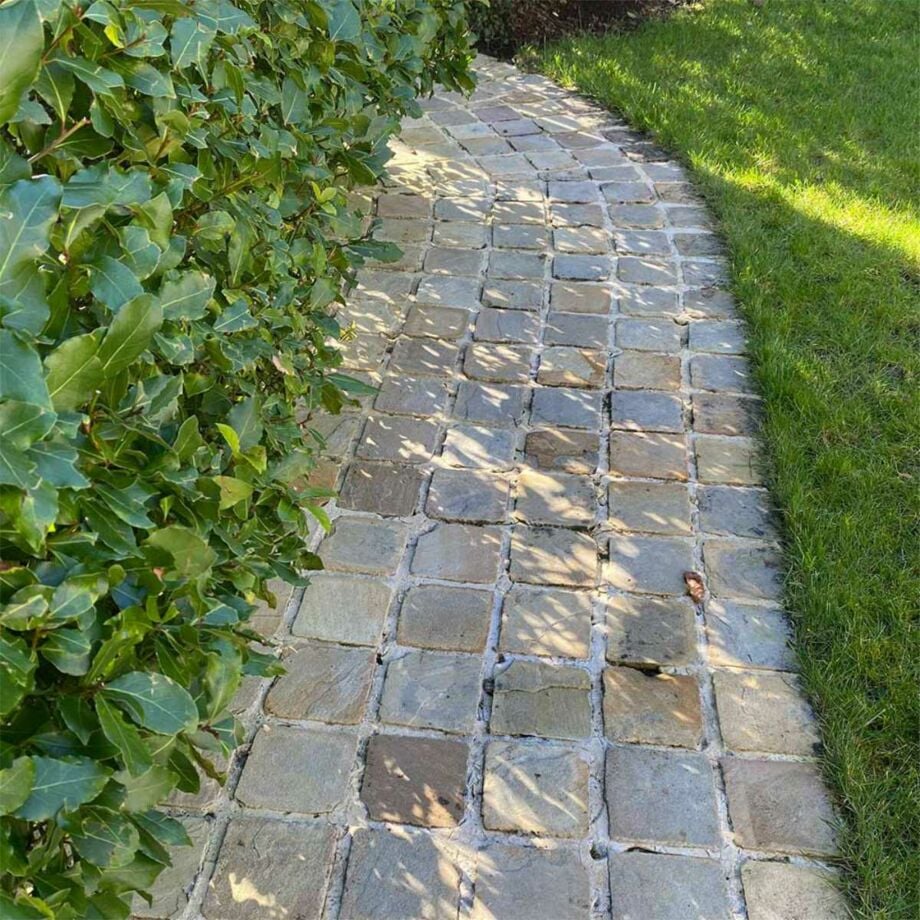
Conclusion
Edging your lawn might seem like a minor aspect of landscaping, but its impact is far-reaching. From enhancing the visual appeal, easing maintenance to promoting a healthier garden, proper edging can transform your outdoor space. Whether you opt for metal, plastic, brick, or wood, following the installation steps ensures that your edging remains a functional and aesthetic asset to your landscape for years to come. Take the time to edge your lawn, and you'll reap the rewards in the form of a stunning and well-maintained outdoor sanctuary.

